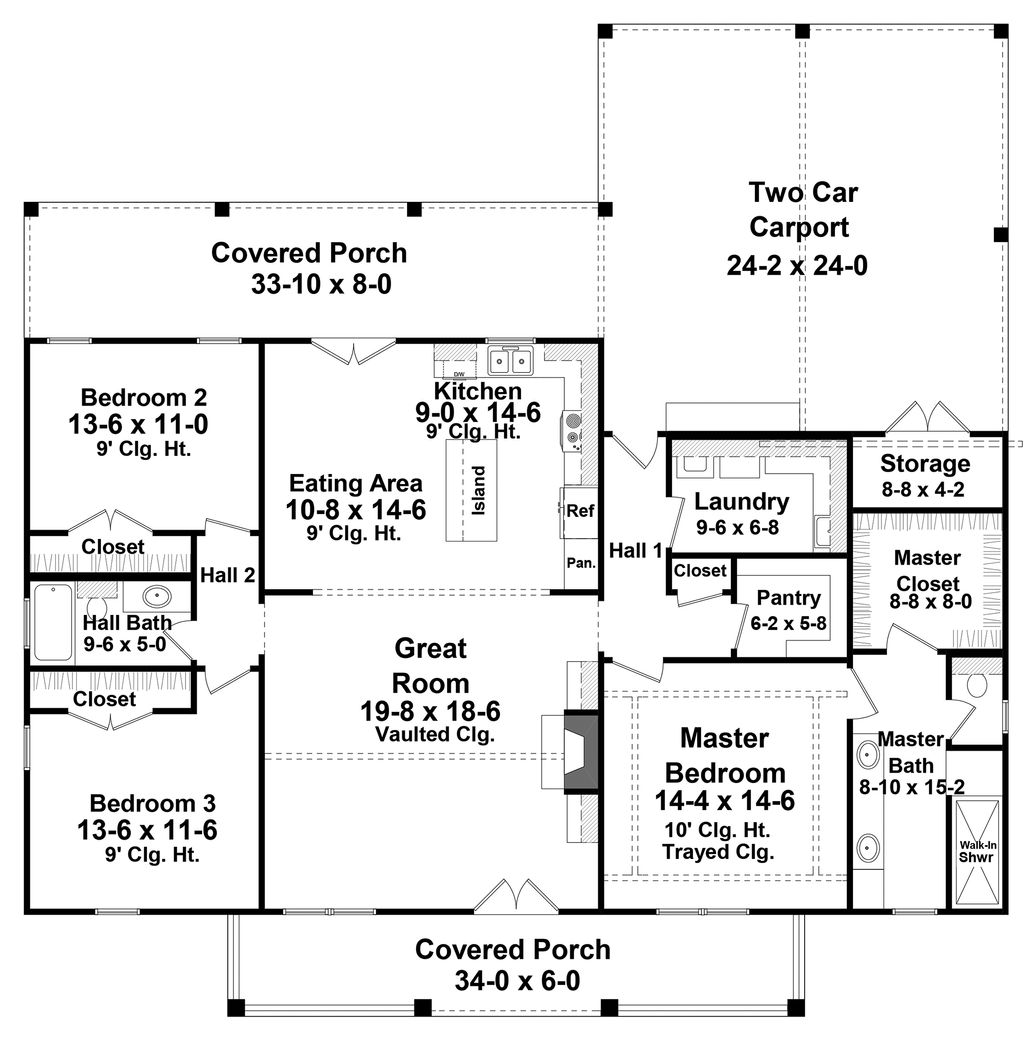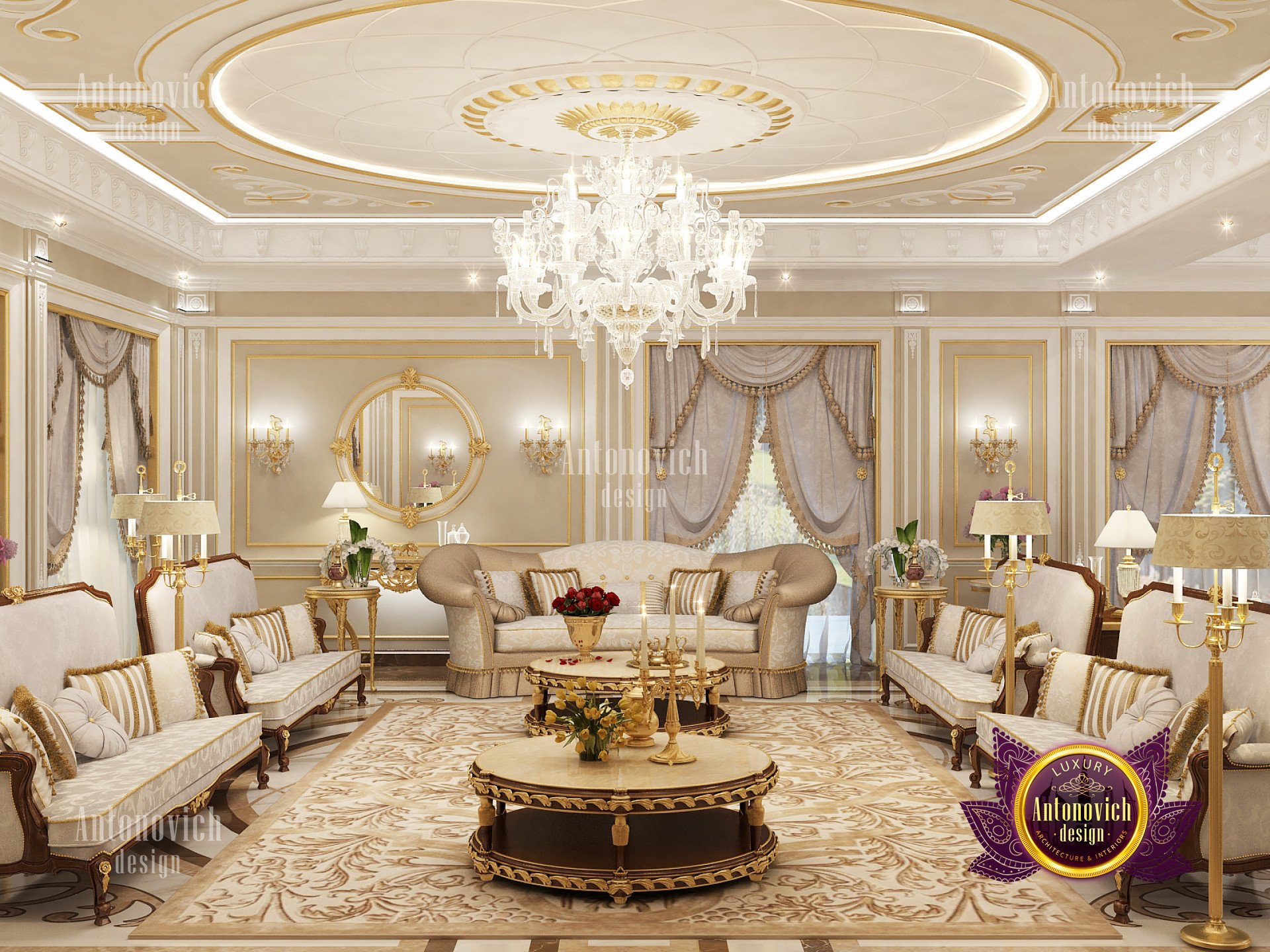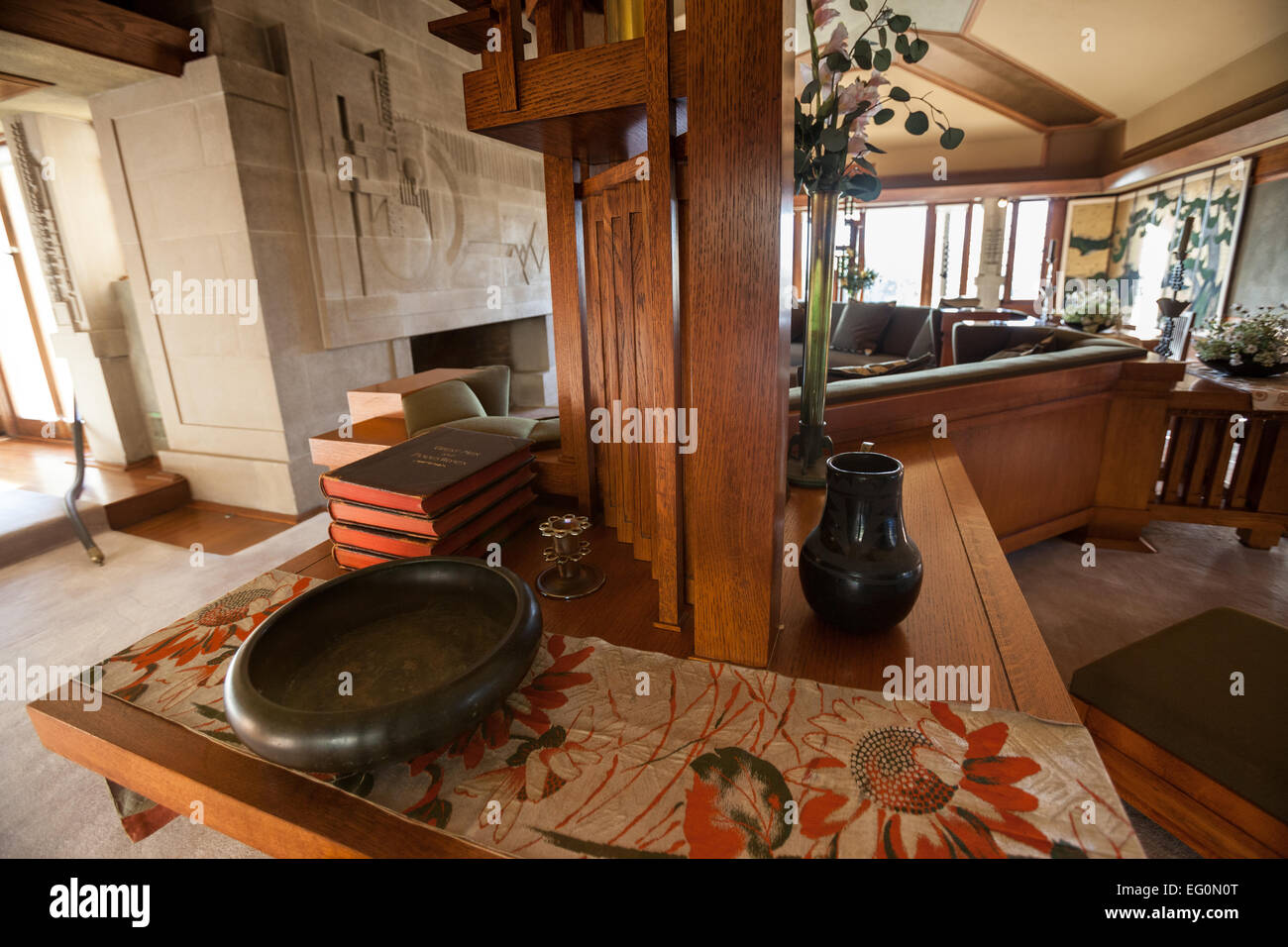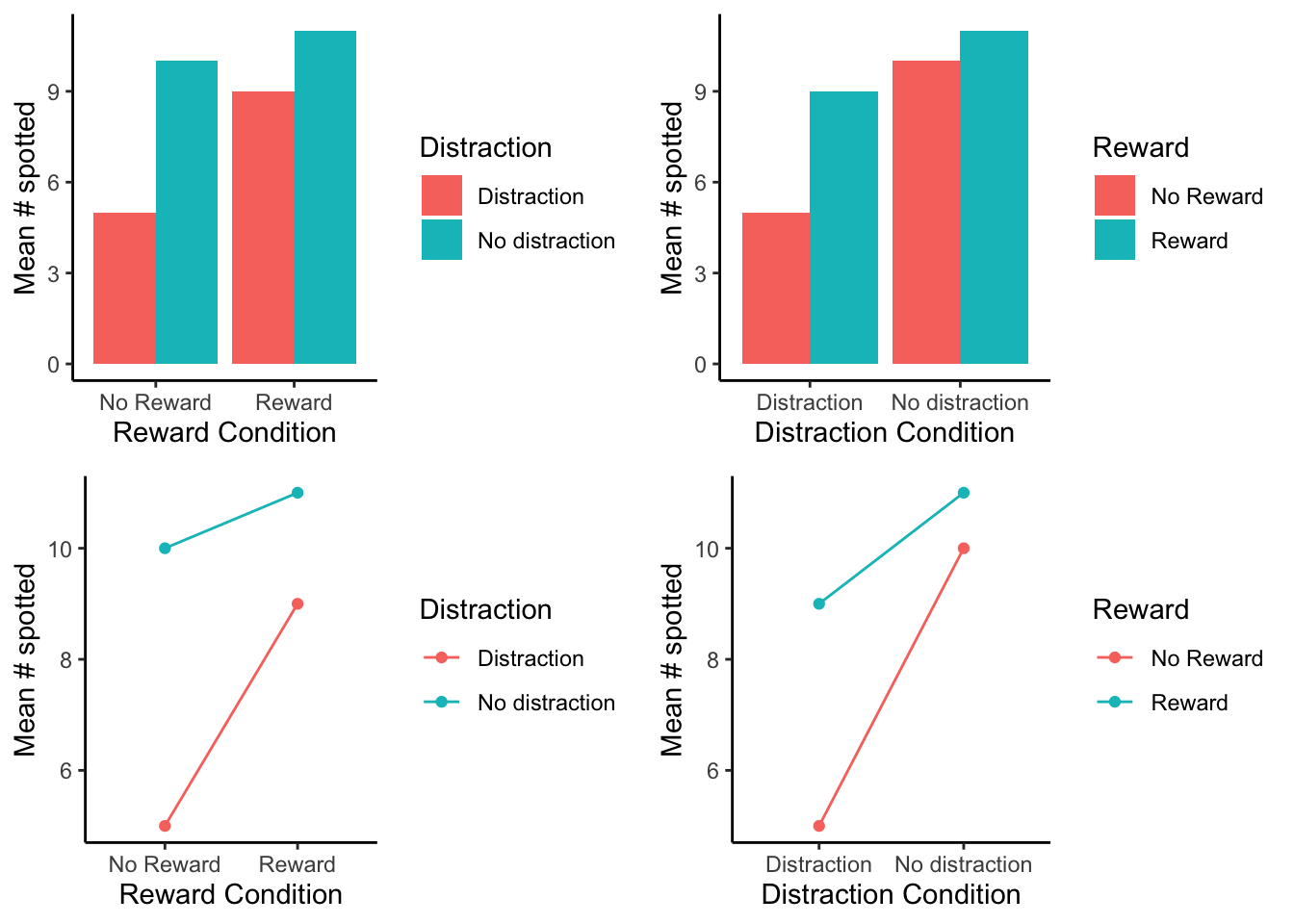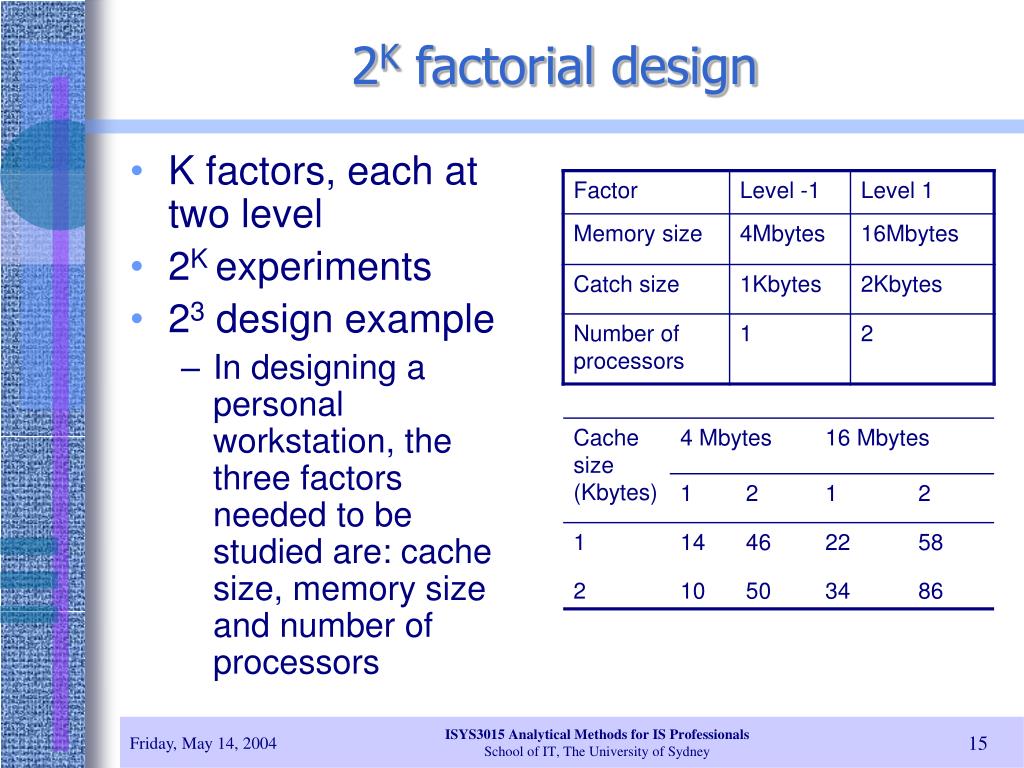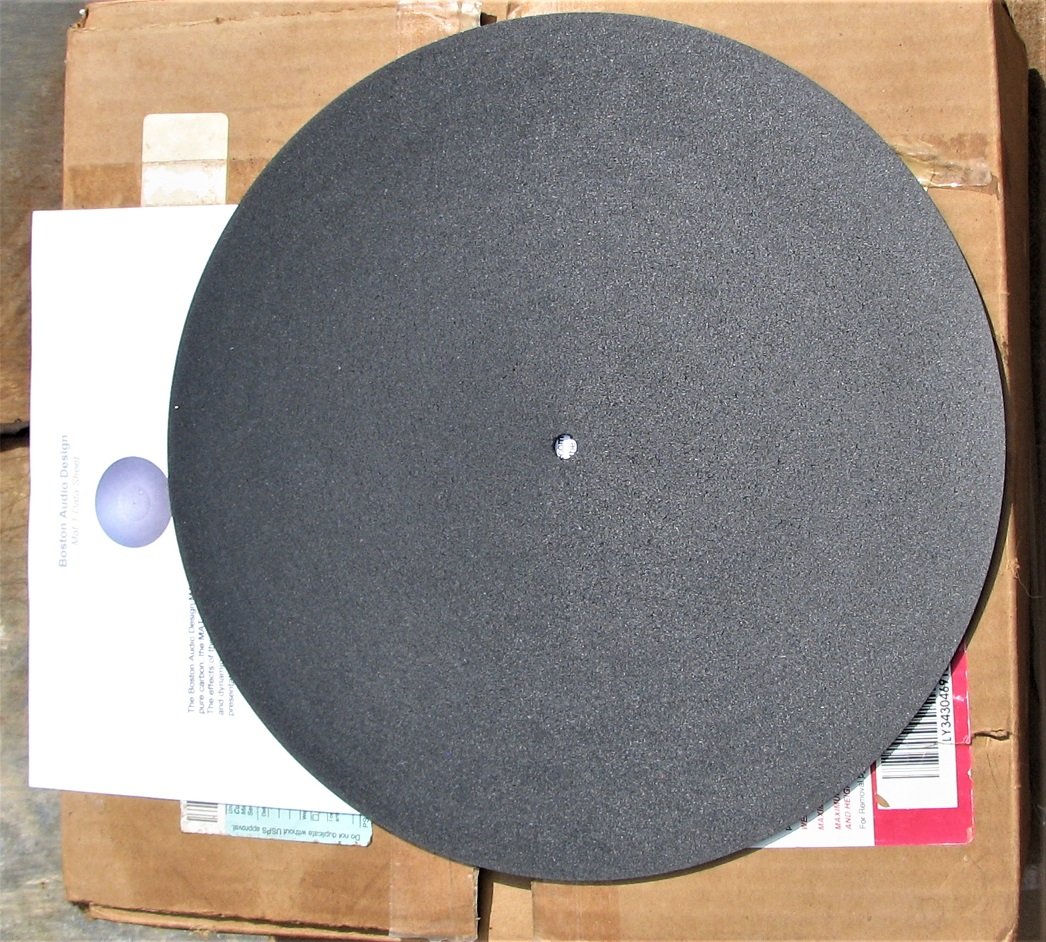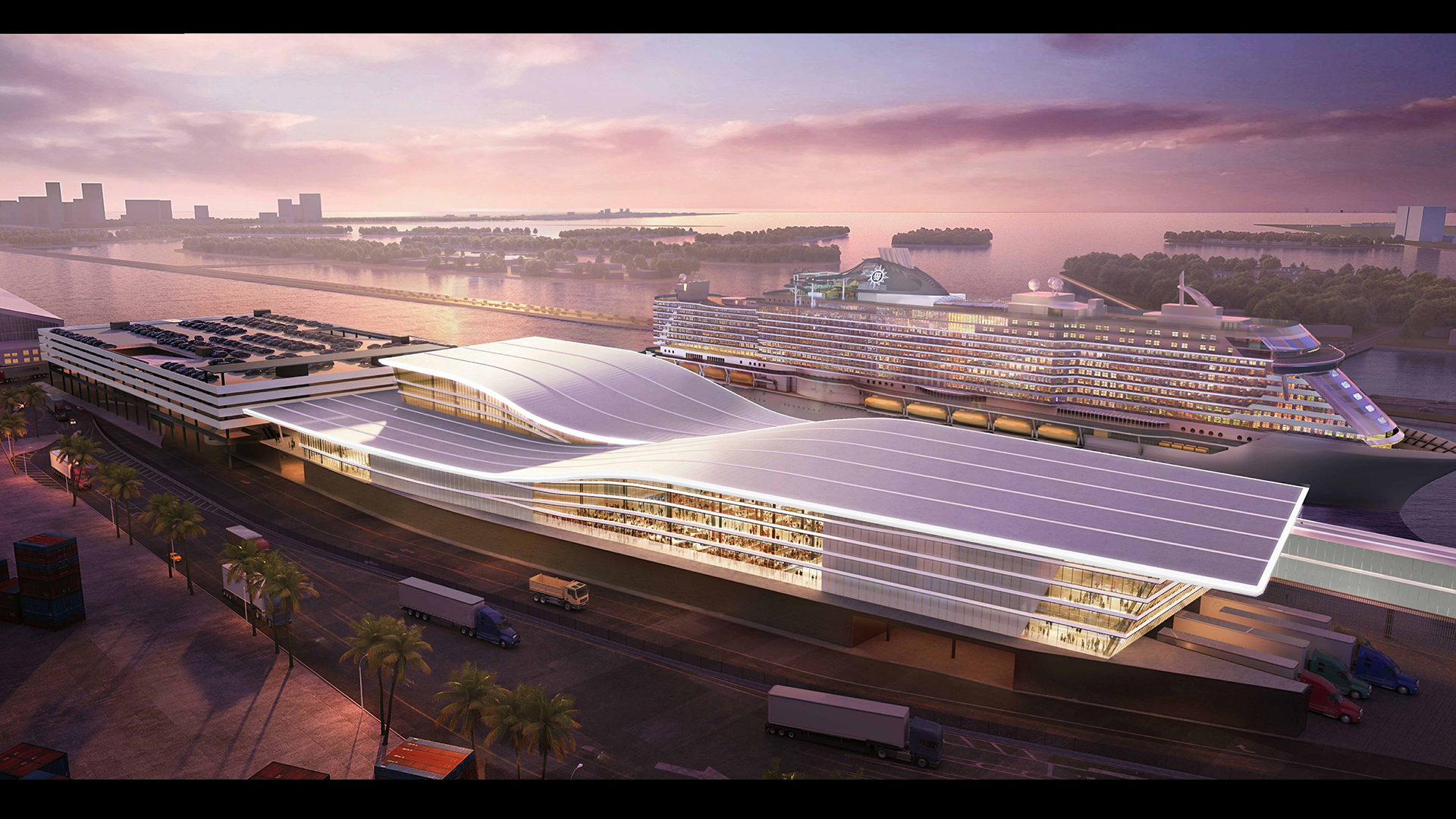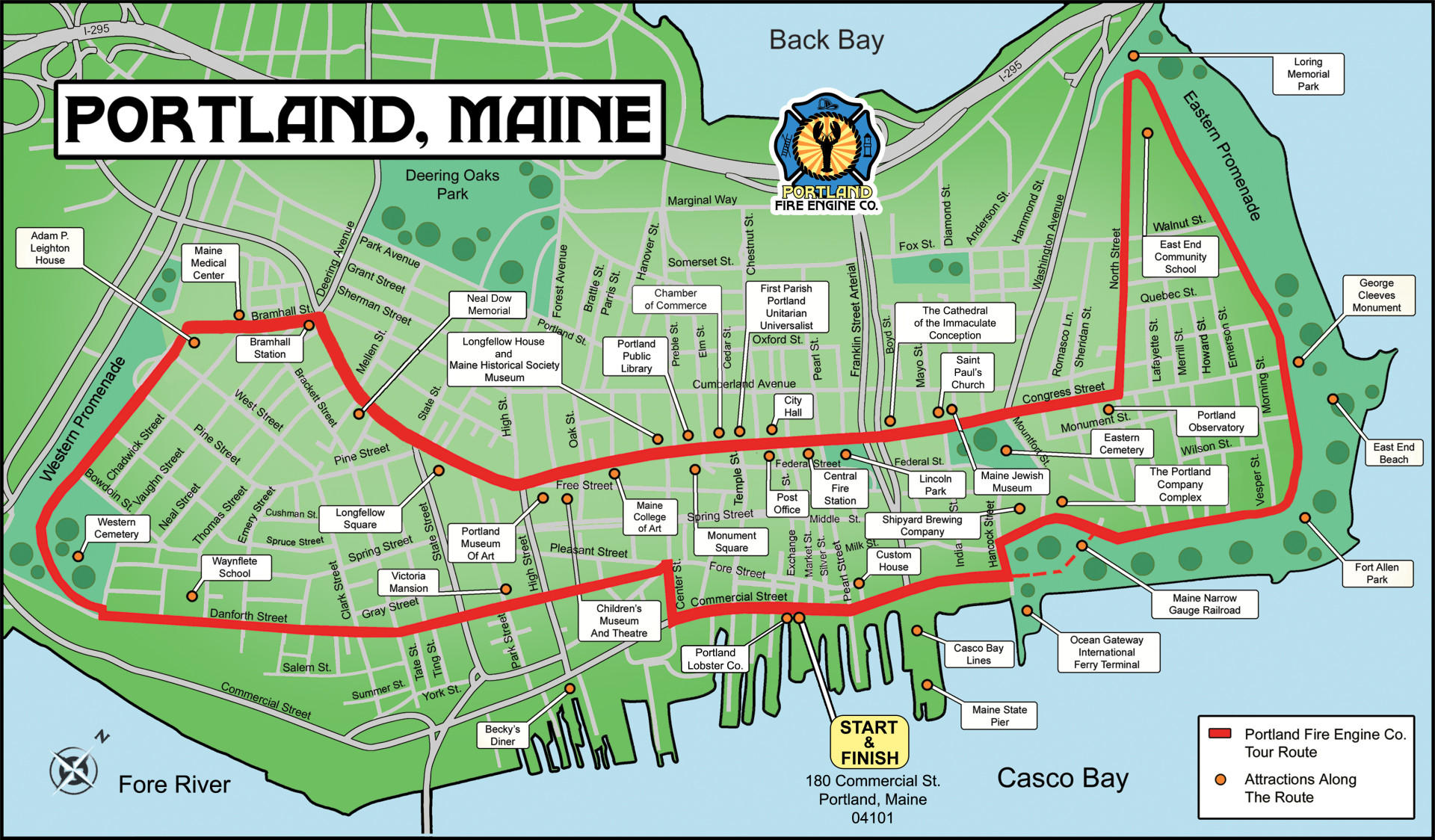Table Of Content

Understand the fundamentals of UI elements and design systems, as well as the role of UI in UX. Master content design and UX writing principles, from tone and style to writing for interfaces. Send me the ebook and sign me up for other offers and content on transitioning to a career in UX design. Prototypes can be low-fi or hi-fi, and they can be created using a variety of tools, such as InVision, Justinmind, and Axure. At the feed (the end of a transaction), Venmo uses circle profile pictures that are, by convention, used to indicate people, green to indicate gains, and red to indicate losses.
Ignite Innovation With Your IdeaScale Community!
In this phase, designers conduct research to gain a deep understanding of their users and their needs. This research helps them create empathy for their users and understand what they need from the product or service. The UX design process is important because it helps designers create interfaces that meet the needs of their users.
Stage 1 in the Design Thinking Process: Empathise with Your Users
Also necessary are structural, mechanical, electrical, plumbing and heating, ventilation and air conditioning (HVAC) systems. What makes construction project management exceedingly difficult is the coordination necessary to connect the involved parties. Think about it; there are architects making the drawings, contractors executing blueprints and engineers making sure that the numerous systems involved have structural integrity.
Step 2: Research
We’ve outlined a direct and linear design thinking process here, in which one stage seemingly leads to the next with a logical conclusion at user testing. However, in practice, the process is carried out in a more flexible and non-linear fashion. What’s more, results from the Test stage may reveal new insights about users which lead to another brainstorming session (Ideate) or the development of new prototypes (Prototype).
Balance Customer, Client and User Needs
User experience expert Don Norman describes human-centered design (HCD) as a more evolved form of user-centered design (UCD). The word "users" removes their importance and treats them more like objects than people. By replacing “user” with “human,” designers can empathize better with the people for whom they are designing.
Inside the Design Process of CRKT Knives - GearJunkie
Inside the Design Process of CRKT Knives.
Posted: Fri, 26 Apr 2024 15:06:00 GMT [source]
We know what design thinking is and the key principles that shape it. Now let’s consider what the design thinking methodology looks like in action, starting with the five key steps in the design thinking process. With the rise of human-centered design in the 80s and the formation of design consultancy IDEO in the 90s, design thinking became increasingly popular.
By the end of the time-consuming prototype development and testing phase, the design is completely ready to go into batch production. This phase is usually very iterative as each cycle of testing reveals new issues that require rework on the design. The movement from conceptual design to final design takes time and patience on the design team’s end.
It’s a tool that can be used by anyone in any department to foster innovation and find creative solutions to complex problems. Whether you’re a designer, a teacher, or a CEO, the Design Thinking process will transform the way you think, collaborate, and come up with ideas. Throughout this stage of the Design Thinking process, you’ll continuously refer back to your problem statement. As you prepare to move on to the next phase, you’ll narrow it down to a few ideas, which you’ll later turn into prototypes to be tested on real users. Students experience the engineering design process as they design, fabricate, test and redesign their own methods for encapsulation of a (hypothetical) new miracle drug.
Learn More about UX Design Processes
Understanding and following the UX design process is crucial for creating successful products. Instead, the UX design refers to a specific design discipline that is concerned with understanding user needs and shaping a product experience that meets those needs well. Most of the time, the product in question is a digital one—today, most often a website or mobile app.
The team aims to understand the problem, typically through user research. Empathy is crucial to design thinking because it allows designers to set aside your assumptions about the world and gain insight into users and their needs. In lesson 2, you’ll learn how to enhance your design workflow using AI tools for UX research, including market analysis, persona interviews, and data processing. You’ll dive into problem-solving with AI, mastering problem definition and production ideation.
From the set interaction, the User Interface translates the types of elements (buttons, labels, inputs) that drives the user from one step to the next step. And, Navigation Design uses the information architecture to visually organize these elements not only from screen to screen, but from element to element. When we think of the design process, we should think about three components that are characterized by three different guiding questions. And, when asked to clarify, they fear that we are being too prescriptive and the process should be unique to an individual. Take your preliminary ideas and form multiple small-scale design solutions.
Student teams create laparoscopic surgical robots designed to reduce the invasiveness of diagnosing endometriosis and investigate how the disease forms and spreads. Using a synthetic abdominal cavity simulator, students test and iterate their remotely controlled, camera-toting prototype devices, whi... Students apply the concepts of conduction, convection and radiation as they work in teams to solve two challenges. One problem requires that they maintain the warm temperature of one soda can filled with water at approximately human body temperature, and the other problem is to cause an identical so... Students design and build small doghouses to shelter a (toy) puppy from the heat—and create them within constraints. They apply what they know about light energy and how it travels through various materials, as well as how a material’s color affects its light absorption and reflection.
“After several iterations, we might get something that works, we validate it with real customers, and we often find that what we thought was a great solution is actually only just OK. But then we can make it a lot better through even just a few more iterations,” Eppinger said. A full-time MBA program for mid-career leaders eager to dedicate one year of discovery for a lifetime of impact. Earn your MBA and SM in engineering with this transformative two-year program. A rigorous, hands-on program that prepares adaptive problem solvers for premier finance careers.
Jan highlights that “many designers, myself included, see research also as the inspiration phase... Inspiration means I look for specific things to inspire me to use an ideation, whereas research is very neutral and part of a scientific method." We also recommend checking out this excellent collection of resources for getting started with Design Thinking provided by the d.school (Hasso Plattner Institute of Design at Stanford University).
Students further their understanding of the engineering design process while combining mechanical engineering and bio-engineering to create assistive devices. During this extended activity (seven class periods), students are given a fictional client statement and required to follow the steps of the ... Students are challenged to design, build and test small-scale launchers while they learn and follow the steps of the engineering design process. For the challenge, the "slingers" must be able to aim and launch Ping-Pong balls 20 feet into a goal using ordinary building materials such as tape, string...

